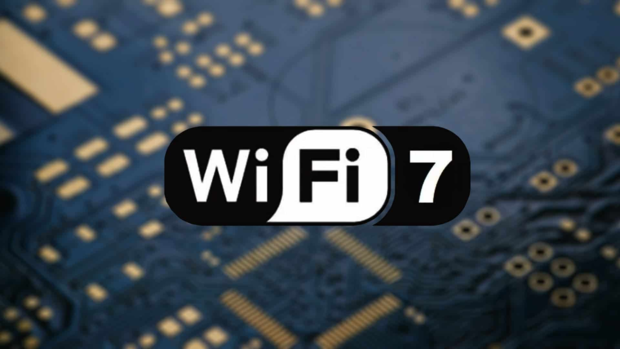What Is a WiFi 7?
WiFi 7, technically called IEEE 802.11be Extremely High Throughput (EHT), is an upcoming generation of the 802.11 IEEE technical standards for the implementation of wireless local area network computer communication.
As the technical name suggests, the standard will deliver massive throughput gains when it becomes available, with speeds theoretically reaching up to 40 Gbps. That’s what the Thunderbolt 3 hardware interface can manage.

In comparison, the latest current WiFi standard, WiFi 6, has a maximum throughput of “just” 9.6 Gbps. In other words, WiFi 7 will be more than 4 times faster than WiFi 6.
The massive throughput increase will support the proliferation of the Internet of Things and enable new Augmented Reality ( AR ) and Virtual Reality ( VR ) applications.
But how is it possible for a new WiFi standard to be so much faster than the current WiFi standard? To answer this question, we must take a closer look at the new WiFi technologies behind it.


